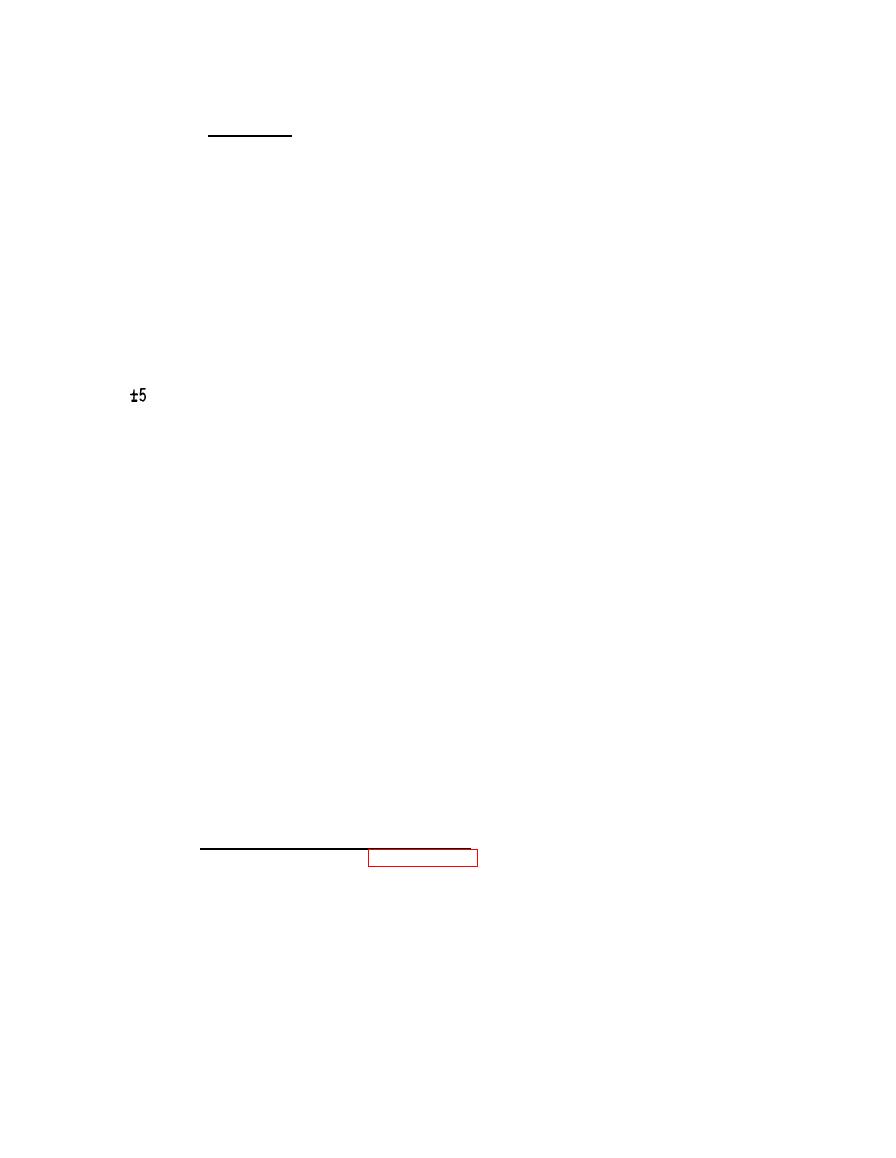 |
|||
|
|
|||
|
|
|||
| ||||||||||
|
|
 TM 32-5865-069-24&P
3-3.9.1 Operation. The 21.4 MHz Narrowband IF (NBIF) signal from the receiver is
fed to the CPD. In the -2 version, NBIF is fed directly to the IF Amplifier (Q14,
Q15). In the -3 version, NBIF is first fed to S1. S1 is controlled by the logic
of 250 kHz SEL and 500 kHz SEL. When both signals are high, NBIF is fed thru FL1
to the IF Amplifier. FL1 rejects out of band noise. When either the 250 kHz or
500 kHz IF bandwidth is selected, S1 switches FL1 out. The output from the ampli-
fier is divided. One output is amplified by Q19 and fed out as NBIF 1 and 2. The
other output from the divider is amplified in two AGC controlled IF stages U2, Q1.
AGC is provided by peak detector (Q3, Q17, Q18) and filter circuit U3. This main-
tains a constant. peak level into the envelope detector Q2. LOOK THRU is used for
AGC optimization. The noise output from Q2 triggers first comparator U10 each
time it crosses the threshold offset level selected for a given IF bandwidth.
Offset levels are varied as a function of receiver IF bandwidth. This is con-
trolled thru FET switches U9, U21 to compensate for differences in noise charac-
teristics with different bandwidths. The output of the comparator is converted to
Vdc level by quantizer CR5 and CR6. When the output of U1O goes high, a posi-
tive reference voltage is applied to the input of the integrator (Q9, Q1O, U11,
U12) thru FET switch Q4. Simultaneously, the delay generator (Q12, U8, Q5) is
triggered. This closes Q4 allowing the integrator to charge toward the positive
reference voltage. When the noise signal voltage drops below the threshold offset
level at the U10 input, the output of U1O switches the negative reference voltage
to the integrator thru Q4. This causes the integrator to discharge toward the
negative voltage reference until Q4 opens. The delay time constant is chosen such
that the integrator discharges after each threshold crossing for a length of time
equal to the average noise pulse width characteristic of the selected IF band-
width. The delay time constant is varied as a function of receiver IF bandwidth.
This is controlled thru FET switches U7 and U20. The output of the integrator is
constantly compared against a DC voltage from the Signal Noise Ratio (SNR) set
control Q7 and Q8, by a second comparator U13. The output of the comparator is
fed to a latch U14B (a one bit shift register). The clock for the shift register
comes from the counter circuit (U6, U7, U18A). The dump control circuit (U14A,
U18B) generates the DUMP command. Dump is used to discharge the integrator. The
timing of DUMP is controlled by the external 250 kHz clock applied to the coun-
ters. INTEGRATOR DUMP resets the counters resulting in an internal sample pulse
at the appropriate sample time. When SAMPLE GATE occurs, a zero voltage is
applied to the integrator and the counters are halted. The outputs from U14B are
transferred to the output via a differential line driver as CPD, and from the buf-
fer circuit as CPD LOCAL. The INT DONE is provided as an output to external
units.
detection on A5. Refer to figure 3-12, a functional block diagram of a typical
channel (RCVR No. 1 is shown and discussed). The purpose of the tone detector is
to detect a 150 Hz signal in the presence of noise and other modulation. This
must be done with a low probability of false alarm and a high probability of de-
tection. The main device for this operation is a 150 Hz detector micro-circuit
U9). In addition to the detector, there are three operational amplifiers
AR1-AR3) and line driver (U2, Ul). The input to the detector is AUDIO with band-
width of 30 Hz to 250 kHz. It is amplified in AR1 and routed to U9 thru a 2:1
attenuator. The output from U9 is driven out as TONE DET RCVR 1 and TONE STAT
RCVR 1. The audio from AR1 is attenuated and buffered by AR2 and AR3. AR2 pro-
vides AUX AUDIO OUT RCVR #l and AR3 VIDEO RCVR #1.
3-21
|
|
Privacy Statement - Press Release - Copyright Information. - Contact Us |